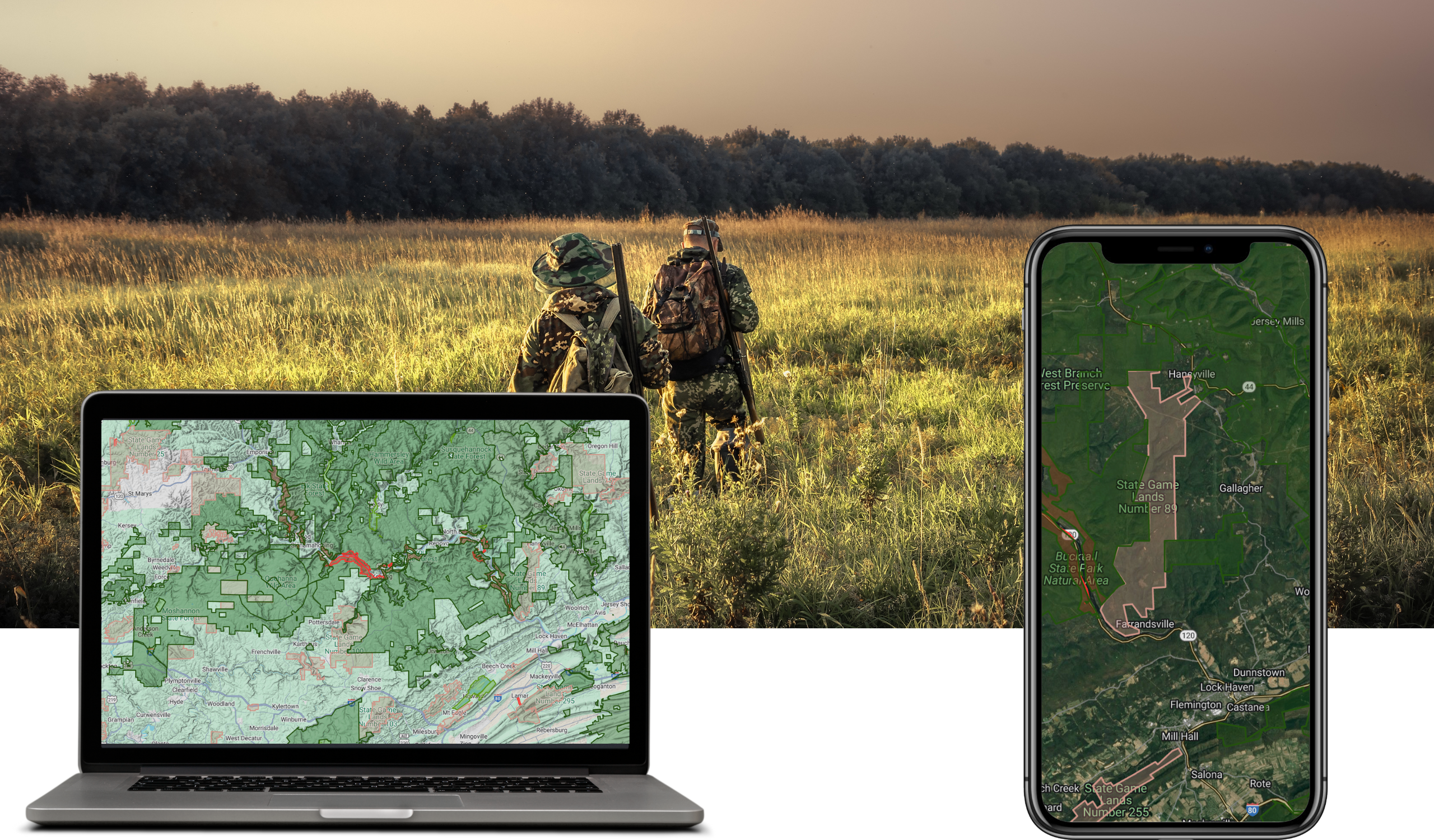Most of us are out scouting this time of year—checking trail cams, glassing fields, watching patterns shift with the summer heat. But there’s one simple habit more hunters ought to work into their routine: reporting wild turkey sightings.
The Pennsylvania Game Commission is asking the public to help log sightings of wild turkeys throughout July and August. It’s not just busywork. These reports help wildlife managers understand turkey distribution, reproductive success, and overall flock health across the state. And the more reports they get—from hunters, hikers, farmers, and even folks cutting grass—the better the data becomes.
Why They Need Your Eyes
Turkeys don’t stand still for surveys. They move across big areas, often into places game wardens and biologists can’t easily reach. That’s where everyday people come in.
By logging where and when you see turkeys—and how many hens, poults, and toms you count—you give the Game Commission a clearer picture of how broods are faring. Are there enough poults per hen? Are some areas seeing declines? Are predators taking a toll?
These questions help shape everything from hunting seasons to habitat projects.
What to Look For
When you’re out this summer, keep an eye out for:
- Hens with poults – These sightings are gold. Not just how many hens, but how many young birds are tagging along. That tells biologists about nesting success.
- Lone hens – Could mean a failed nest, or she’s still on eggs.
- Jakes and gobblers – Young males and adult toms help round out the population picture.
If you see a group, try to count how many of each type. You don’t need to be exact—just your best estimate. Then report it through the state’s online survey form or app. It takes less than a minute.
Turkey sightings can be reported through the Game Commission’s website at https://pgcforms.pa.gov/TurkeySightingSurvey.
Why Summer Sightings Matter More Than Spring Gobbles
Some hunters might wonder: why not just base decisions on spring counts or harvest data?
The answer is simple—summer tells you what’s next. Spring gobbler counts reflect survival from the year before. Summer sightings show what kind of recruitment (new young birds) is happening now. That’s a better predictor of what we’ll see in seasons down the road.
Let’s say you see a hen with six poults in early July. Check back a few weeks later—if she’s down to three, predators might be taking a toll in that area. Or if you see several hens with big broods, that patch of habitat is working well. That’s the kind of intel the state needs to manage habitat, trap predators, and set tag allocations.
Real-World Impact for Hunters
This isn’t just for the biologists—it affects all of us who chase longbeards each spring.
Poor poult production one summer can mean a weak class of jakes the next year. That ripples into future seasons. But if they see a strong uptick in brood size, they might maintain or even expand opportunities in certain areas.
In other words, the birds you count now might be the ones you hunt two seasons from now.
Scouting Tips That Help Both You and the State
If you’re already out glassing fields at dusk or checking food plots for deer movement, you’re in the perfect position to help.
- Bring binoculars every time. Poults are small and easy to miss.
- Keep a notepad in your truck or use your phone’s notes app.
- Watch hayfields, gas line cuts, forest clearings, and creek bottoms—prime brood habitat.
- Report even if you see no turkeys. That tells a story too.
You don’t need to change your routine. Just slow down, look closer, and log what you see.
It’s About the Long Game
We all want good hunting—strong gobbler numbers, healthy jakes coming up, and birds that respond to a well-timed yelp. But it starts with good data.
By reporting turkey sightings this summer, you’re doing more than scouting. You’re taking a hands-on role in the stewardship of the resource. It’s a quiet way to give back—one that takes no license, no fee, just your eyes and a few spare minutes.
And if enough of us pitch in, the difference will be felt not just next spring, but for seasons to come.
